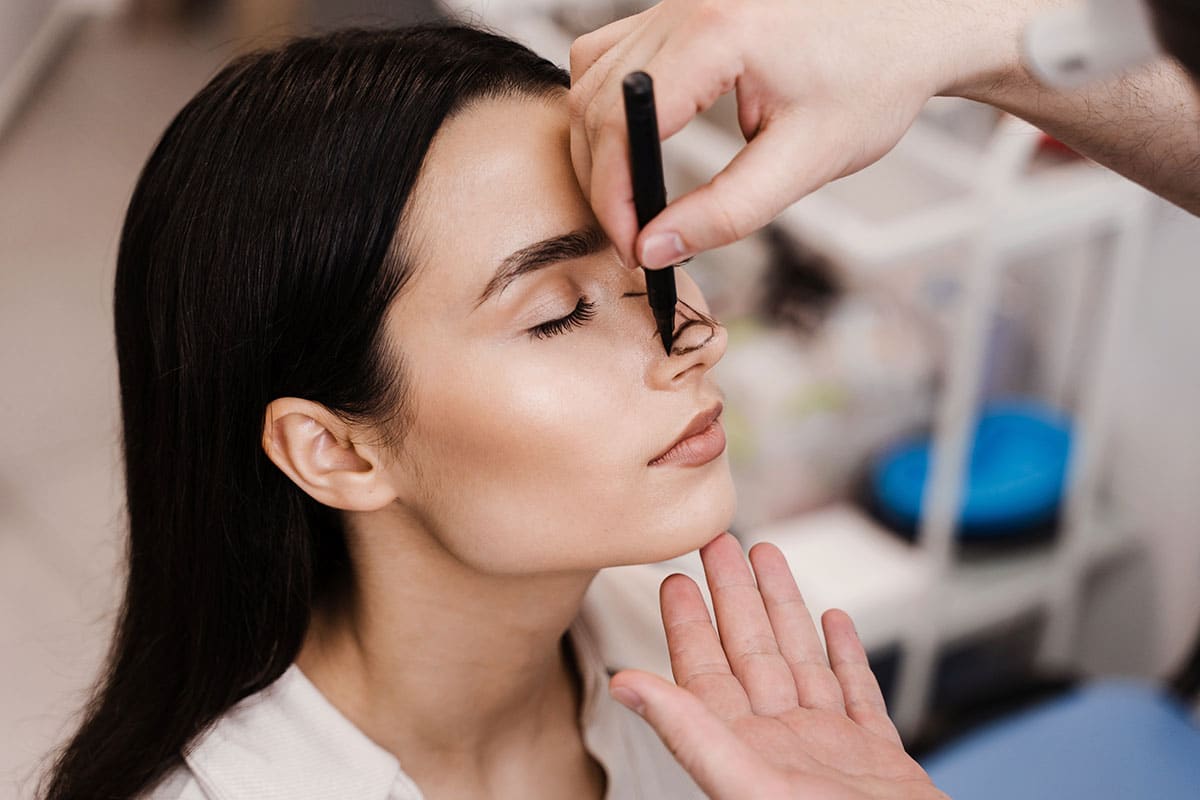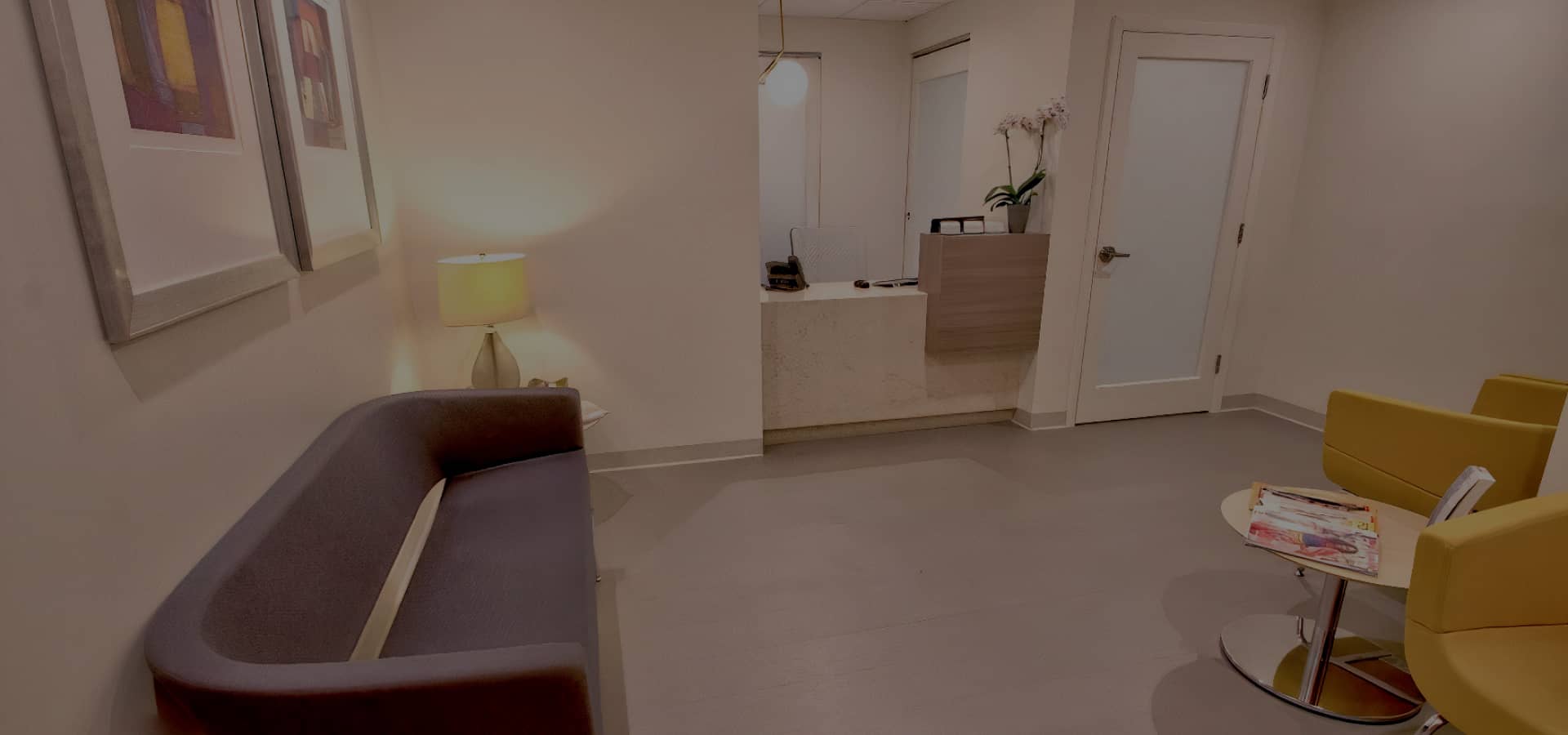Choosing between open and closed rhinoplasty can be quite challenging without the proper insight. This article aims to shed light on the advantages and disadvantages of both techniques, helping you make an informed decision. Interested to know which rhinoplasty approach suits you best? Keep reading!
Understanding Rhinoplasty and Its Two Surgical Approaches
Rhinoplasty, commonly referred to as nose reshaping, has two widely accepted surgical approaches – Closed Rhinoplasty and Open Rhinoplasty. In closed nasal surgery, the plastic surgeon operates within the confines of the nostrils. Unlike the closed approach, open rhinoplasty involves an additional incision across the tissue separating the nostrils called the columella. Each technique, while serving the same fundamental purpose of changing the nose’s shape or function, requires a different methodical approach, dictated by the individual needs of the patient. Understanding these surgical choices can ensure the realization of desired plastic surgery outcomes.
The Closed Rhinoplasty Procedure
The closed rhinoplasty procedure allows for the reshaping of the nasal structure through incisions made inside the nostrils. We use this technique to manipulate the nasal skeleton without leaving any visible external scars. Essentially, we make shorter incisions discreetly, causing minimal disruption to the nasal structure.
Closed rhinoplasty techniques come in handy in cases where the primary aim is to address functional issues or minor tweaks to the aesthetic appearance of the nose. It’s a potent method that couples precision with minimal invasiveness, making it a favorite amongst both patients and surgeons.
Closed Rhinoplasty: Benefits and Potential Challenges
Closed nose surgery carries certain advantages, primarily due to its less invasive nature. A noticeable benefit is a shorter recovery period compared to other methods, due to fewer disruptions to the nasal tissues. Also, patients usually recover more comfortably.
However, a Closed Nose Job is not without issues. As incisions are made inside the nostrils, their scope is limited, which could lead to sub-optimal outcomes in complex cases. Additionally, though less likely, visible scars might still form due to variations in healing among individuals.
| Advantages | Disadvantages |
|---|---|
| Shorter recovery time | Limited scope |
| No visible scars | Potential for visible scars |
The Open Rhinoplasty Process
The open rhinoplasty process involves several key steps. Firstly, an additional incision is made on the soft tissue between the nostrils. This allows the surgeon greater leverage in operating on the underlying structures. The increased visibility leads to exceptional control over the detailed changes to the nose’s shape and function, ultimately affecting breathing and the overall aesthetic result. Regarding the recovery process, it may be slightly longer, with more swelling when compared to other rhinoplasty procedures.
Open Rhinoplasty: Benefits and Potential Challenges
Open rhinoplasty grants better access to nasal structures, allowing for more comprehensive adjustments. Performing surgery through external incisions provides greater visibility and control over the tissue, ensuring more precise modifications. These benefits may lead to an enhanced post-surgical appearance.
Nevertheless, because it involves larger incisions, the healing time can be longer. It’s common for the recovery period to extend for more than a week. Other potential challenges may include more noticeable scarring than closed rhinoplasty, possible nasal tip edema, and a longer operative time. Despite these potential drawbacks, many surgeons regard open rhinoplasty as a viable technique due to its advantages.
Commonalities in Open and Closed Rhinoplasty
Both open and closed rhinoplasty are utilized in the reshaping of the nasal structure. These techniques share common incisions in the nose, minimizing any visible scarring. Whether open or closed rhinoplasty is the chosen option, the outcome involves improved breathing and aesthetic appearance. Contrary to common misconception, the recovery times don’t vary significantly, with most patients resuming normal activities within a week after their surgery. The treatment methods are designed to cater to individual needs, ensuring satisfactory outcomes.
Unique Characteristics of Each Rhinoplasty Technique
The closed technique focuses on reshaping the nasal structure through incisions made inside the nostrils, which avoids visible scars. However, its downside is limited surgical view and precision compared to the open approach. Conversely, open nose surgery employs a columellar incision, creating a minute scar on the undersurface of the nasal septum. It offers greater precision due to improved visualization of the nasal structures. Both approaches require skillful execution to ensure results that satisfy patient expectations.
The decision between techniques relies on individual circumstances and the goals for enhancement, considering aspects such as nasal anatomy and the degree of reshaping required.
The Role of the Plastic Surgeon in Open and Closed Rhinoplasty
The plastic surgeon is pivotal in ensuring the success of a rhinoplasty operation. Their role begins with the private consultation, where they identify the ideal candidate for rhinoplasty (open or closed) and discuss the expected outcome. During this appointment, the surgeon thoroughly informs the candidate about the involved surgical procedures.
Throughout the surgical term, the plastic surgeon’s expertise guides the course of action. Their careful judgment and execution determine the satisfaction and safety of the patient. It is not unusual for some surgeons to prefer the open approach to closed or vice versa, hence, the necessity for a second appointment. Here, the final decision about the surgery’s approach is agreed upon, ensuring the patient’s confidence.
Remember, both open and closed surgeries require the plastic surgeon to precisely reshape the nasal structures to achieve the desired aesthetic and functional results. Thus, their role is crucial in achieving a positive rhinoplasty outcome.
Making an Informed Decision: Which Rhinoplasty Technique Suits You Best?
Having a clear understanding of both techniques allows you to make an informed decision. When evaluating open and closed rhinoplasty options, it’s important to consider your personal health, cosmetic goals, and realistic expectations.
The closed vs open rhinoplasty debate often revolves around how well each cosmetic procedure can address specific nasal features. For instance, if your goal is to adjust a nasal hump, a closed procedure may not offer the access needed for optimum reshaping.
Remember this term: real results meet realistic expectations. Rhinoplasty surgery, like any cosmetic surgery, operates under the constraints of your unique anatomy and overall health. Speak with a specialized surgeon to discuss what results you can realistically expect.
Balancing the desire for aesthetic improvement with the practicalities of surgery is the key. Be open about your aspirations, questions, and fears during the consultation phase. Only then can the right rhinoplasty technique for you truly emerge.
Post-Surgery Care and Recovery for Rhinoplasty Operations
After a rhinoplasty operation, the immediacy and effectiveness of your recovery process will greatly influence your results. The recovery period generally requires downtime, with a focus on rest and healing.
Often, experienced plastic surgeons will provide guidelines outlining care post-surgery. Adhering to these is vital for minimizing possible complications that can occur, such as infections or excessive bleeding. They may also advise on how to manage recovery issues and reduce the appearance of scars.
Recognizing signs of complications early on is vital. Immediately consult your surgeon if you experience excessive bleeding, sharp pain, or vision problems. While these complications are rare, getting timely treatment can prevent further problems. Proper post-surgery care fosters efficient healing, ensuring a successful recovery.
Final Thoughts: Looking Ahead for Your Rhinoplasty
When looking towards a brighter future, remember that no matter whether you are treating a crooked nose, too much nasal tip projection, or opting for a minor tweak, the decision is intensely personal. Analyzing and comparing types of nose jobs, it’s out of the question that each has unique features and advantages. Seek multiple opinions, book an appointment with a well-reputed board-certified plastic surgeon, and take your time to ensure the chosen technique aligns with your desired outcome.
In essence, opting for an open or closed approach in the rhinoplasty term largely revolves around your comfort, expectations, and the surgeon’s expertise. If you still find yourself confused, a follow-up appointment might help in choosing the treatment that best suits your needs.
For personalized advice tailored exactly to your specific needs, it’s never a bad idea to consult an expert. Board-certified facial plastic surgeon, Dr. Anthony Bared specializes in facial plastic surgery and his artistic judgment will provide guidance in your decision-making. Don’t hesitate to schedule a consultation with him!

